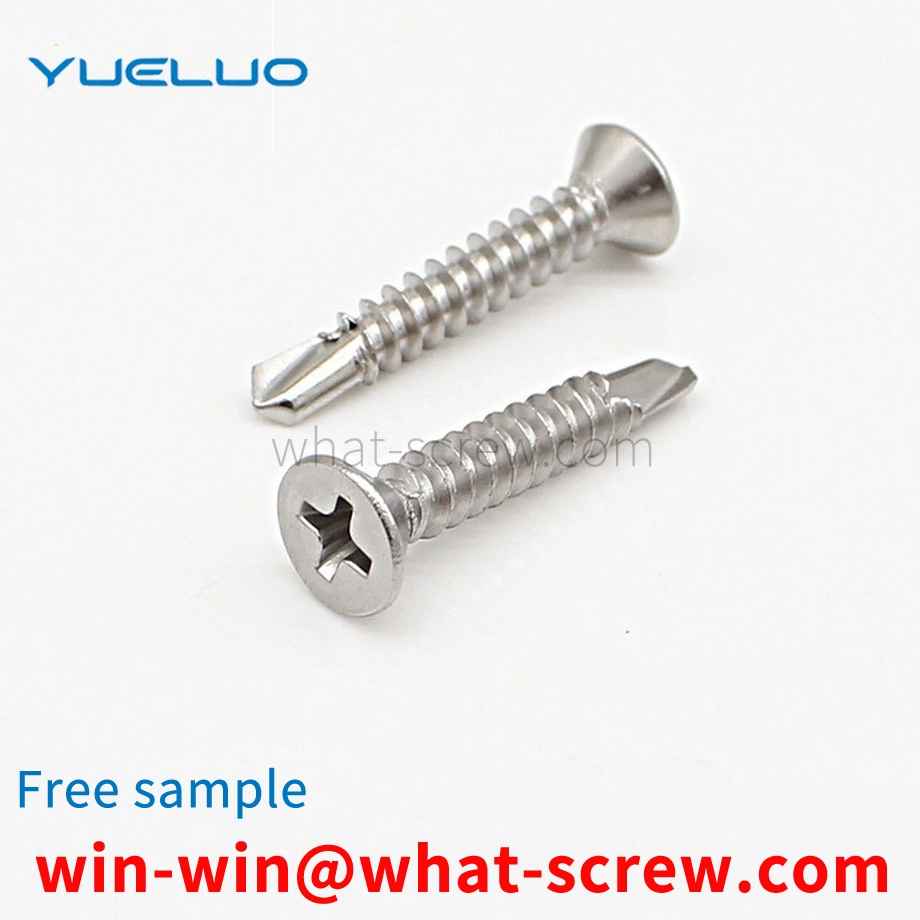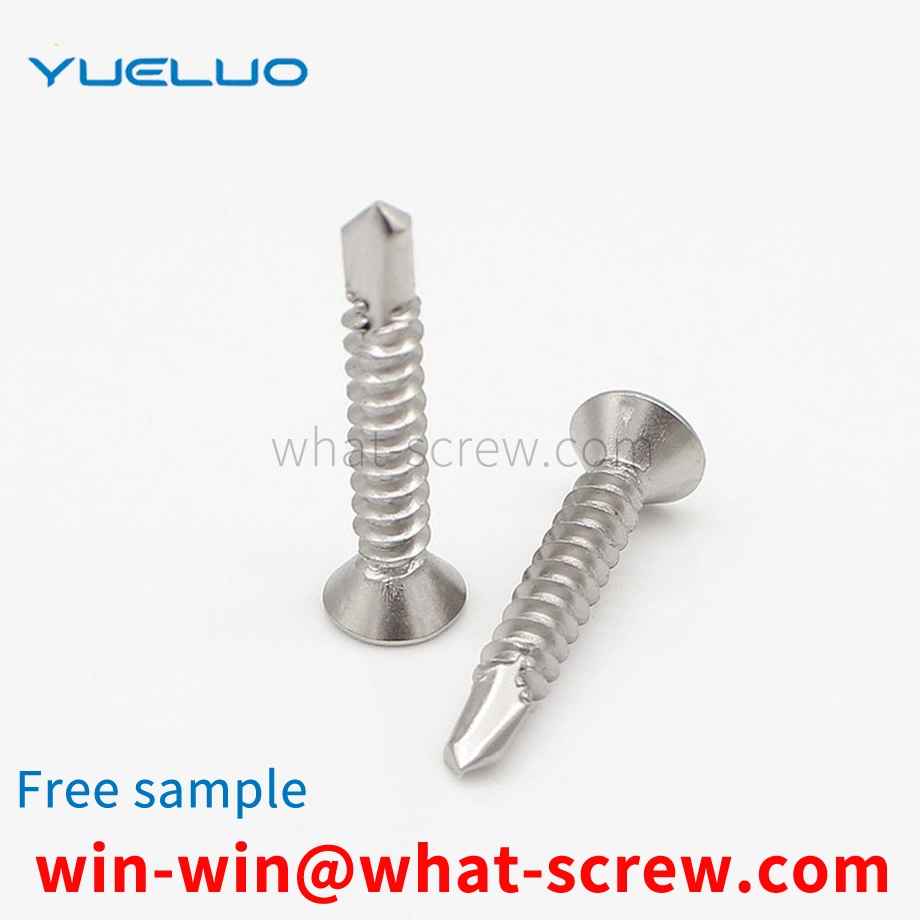The main purpose of the screw is to make the industrial product form a fixed one. In use, it often happens that the teeth cannot be closely attached, the screw head will be broken if the screw is locked too hard, or the tooth pattern is not properly locked, etc., and the use conditions are not met, all of which are quality. the problem of accuracy. Screws are mass products, not handmade works of art. In mass production, the purpose is to achieve high-precision and stable quality and popular prices to supply consumers. The accuracy of screws is usually 6g, and the rough screws used in construction projects are 14g. The value of screws is very important. In the world, there are examples of automobile factories going bankrupt because of poor screw quality; there are also examples of planes falling and vehicles being overturned because of poor screw quality.
In general, the size, mechanical properties and working performance requirements of self-tapping screws have the following standards: 1. Self-tapping screw size standard ASME B18.6.3 2010 standard not only introduces the dimensions of slotted and cross-recessed self-tapping screws and metal drive screws, but also includes the mechanical properties and work performance requirements of carbon steel self-tapping screws. The appendix gives instructions for measuring the various dimensions and application guidance on clamping lengths and test apertures. 2. Self-tapping screw performance standards (including mechanical properties and work performance): (1) SAE J933: Introduces the mechanical performance and work performance requirements of carbon steel ordinary self-tapping screws and white-cut self-tapping screws. The requirements for selection of raw materials, heat treatment, depth of carburized layer, surface hardness, and core hardness are further specified. (2) SAE J81: The mechanical properties and working performance of self-extrusion self-tapping screws (self-tapping locking screws) are introduced. (3) SAE J78: The mechanical properties and working properties of self-drilling and self-tapping screws are introduced. (4) IFl-113: The mechanical properties and working properties of self-drilling and self-tapping screws are introduced. (5) ASTM C1513: Introduces the mechanical properties and performance requirements of carbon steel self-tapping screws. For other special types of self-tapping screws, there is no corresponding national or industrial standard, and no data for self-tapping screws made of other metal materials other than carbon steel have been recognized. For technical data on these self-tapping screws, you can check with the manufacturer.
Therefore, in order to obtain fasteners that meet the requirements, it is usually necessary to anneal the middle sections of bolts, rivets, etc. to reduce the hardness of the middle sections, while ensuring the hardness of the heads of bolts, rivets, etc. At present, the existing process adopts ultra-high frequency induction heating equipment to instantly heat the middle section and reduce the hardness. However, this process requires a lot of control, and the heating time is slightly longer, which affects the hardness of the head, and the mass production is very unstable, which is easy to cause the rivet to fail. At the same time, the cost of ultra-high frequency equipment is high and the power consumption is large, which is not conducive to mass production and energy saving. Environmental friendly.
The technical process of nickel-phosphorus plating for high-strength bolts consists of three parts: The first part is the pre-treatment process, including the precision and appearance inspection of high-strength bolts before plating, manual degreasing, immersion degreasing, pickling, electro-activation and flash nickel plating and other processes; the second part is the electroless nickel plating treatment process; the third part is the post-treatment process, including the processes of hydrogen-displacing heat treatment, polishing and finished product inspection. As follows: Bolt chemical composition inspection → bolt pre-plating accuracy, visual inspection → manual degreasing → visual inspection → immersion degreasing → hot water washing → cold water washing → pickling → cold water washing → electric activation → cold water washing → flash nickel plating → cold water washing → Deionized water washing → Electroless nickel plating → Deionized water washing → Cold water washing → Hydrogen removal → Polishing → Finished product inspection.
The tie rod and joint of the high-voltage isolating switch are often connected by driving an elastic cylindrical pin into the connecting pin hole. The traditional assembly method is to prevent the tie rod and joint from the V-block, and hold the elastic cylindrical pin to align the connecting pin hole. Then hit it with a hammer. Since the elastic cylindrical pin is small, it is easy to injure people's hands by adopting this assembly method, and at the same time, the elastic cylindrical pin is not positioned accurately, which causes large assembly errors and low assembly efficiency.
We have many years of experience in the production and sales of screws, nuts, flat washers, etc. The main products are: spacer inner teeth, FPV racks, square thin nuts, pressure riveting parts pressure plate nuts and other products, we can provide you with suitable fasteners for you solution.



















 Service Hotline
Service Hotline




